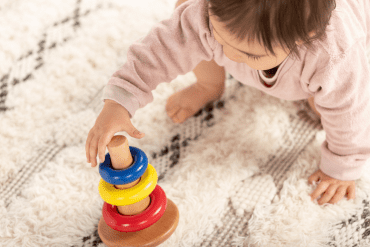By Melissa Gunn
It’s a common problem new parents face. With a climate change emergency declared in New Zealand (not to mention in other countries around the world – climate change isn’t a one-country problem), what’s a struggling, sleep-deprived parent to do when they need to deal with their beloved child’s less-than-beloved waste? What, in a word, do they do about poo?
There are plenty of articles out there about disposable diapers versus reusable nappies, many of which focus on the number of disposables a baby will get through (over 5000 in 2 and a half years!). There’s also the cost factor (reusables win here, with less than half the cost of disposables, even with washing costs included). But both reusables and disposables have a large impact on the environment – even the new biodegradable disposables. So how can concerned parents do their best, not only for their child’s current wellbeing, but for the world their baby will grow up to inherit?

For parents who are keen to learn to communicate with their baby, as well as do their bit to reduce their contribution to climate change, there is a way forward. Enter ‘elimination communication’, sometimes known as natural infant hygiene – or in Kiwi terms, pottying your baby. If you’re keen to learn more already, head on over to check out how at Elimination Communication Babies.
At this point, some of you might be experiencing a pause. Why would I potty my baby? They’re too young to do that, they can’t hold on and why would I make them? Peace, gentle reader. Give me a moment of your time, and I’ll share some interesting facts.

The disposable nappy was invented in 1955. Around the world, before that, most cultures either held their baby out when they needed to go (over a potty, a toilet, or a convenient patch of ground), or used cloth nappies with their concomitant washing burden. After disposable nappies were invented, they became extremely popular, but they produce a shit-ton of waste, if you’ll excuse the expression. Some of that waste ends up in the great pacific garbage patch, more ends up in landfill. Anyone who saw the images of the beach after the Fox River landfill disaster will agree that landfill isn’t a fail-safe disposal method.











